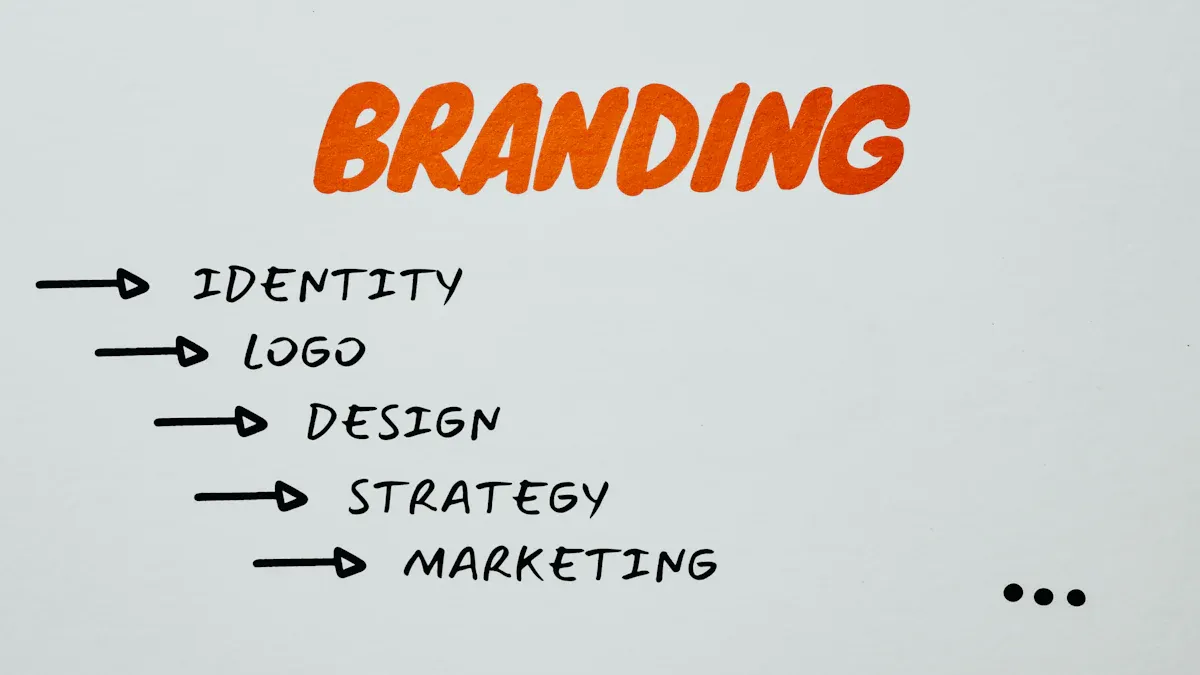
Building Brand Identity Through Smart SEO
Table Of Contents
Founders often treat branding and search engine optimisation as separate checklists. One is for crafting a beautiful identity, the other for technical visibility. This separation is a missed opportunity. Your brand’s personality and how people search for solutions are deeply connected. True discoverability happens when your brand’s voice speaks the same language your audience is thinking.
Aligning Your Brand Voice with Search Intent
Before anyone sees your logo or product, they type a few words into a search bar. Those words carry an intent. They might be looking for information (‘how to start a podcast’), a specific destination (‘LaunchBox login’), or to make a purchase (‘best branding platform’). The connection between brand identity and SEO is about ensuring the voice you’ve chosen for your company aligns with the language of these searches.
If your brand is an authoritative expert, your content should answer technical questions directly. If you are a supportive guide, your language should be simple and encouraging. This alignment isn’t a trick. It’s about showing up authentically where your audience is looking. When your tone matches their need, you build trust from the very first click. It tells a potential customer that you understand their problem, not just the keywords they used to find you.
| Brand Archetype | Voice/Tone | Example Keyword Focus |
|---|---|---|
| The Expert | Authoritative, technical, precise | ‘how to implement X’, ‘technical guide for Y’, ‘X vs Z comparison’ |
| The Guide | Supportive, simple, user-friendly | ‘easy way to do X’, ‘getting started with Y’, ‘what is Z explained’ |
| The Innovator | Aspirational, bold, forward-thinking | ‘the future of X’, ‘a new approach to Y’, ‘disruptive Z technology’ |
| The Friend | Relatable, casual, conversational | ‘why does X happen’, ‘common problems with Y’, ‘is Z worth it?’ |
Choosing a Brand Name with SEO in Mind
While the previous section focused on how your brand speaks, this is about the critical decision of what it’s called. Your brand name is a permanent digital asset, and choosing one with searchability in mind prevents long-term headaches. A name that is unique and easy to spell is far more valuable than one that is clever but confusing. We’ve all seen startups with names that are common words, forcing them to compete with millions of unrelated search results.
Think of your brand name as the most important keyword you will ever own. When customers can find you easily, they are more likely to search for you directly. These branded searches are a powerful signal to search engines that your company has authority and recognition. It’s the difference between someone searching for “shoes” and someone searching for “Allbirds“. To avoid common pitfalls, follow a clear vetting process before you commit.
- Check for uniqueness and memorability to avoid getting lost in search results.
- Verify domain name availability using a provide like Namecheap, prioritizing the .com TLD and relevant country-level domains.
- Secure consistent handles across all major social media platforms to maintain brand coherence.
- Research potential keyword clashes to ensure your name doesn’t compete with established, unrelated topics.
Creating Foundational Content That Builds Authority
With your voice defined and your name chosen, it’s time to build the substance of your brand online. This begins with foundational content, the core pages that tell your story: your ‘About Us’ page, your mission statement, and your primary service or product descriptions. A strong foundational SEO strategy is not about stuffing these pages with keywords. It is about weaving your purpose and value into a compelling narrative that naturally includes the terms your audience uses.
Your story shouldn’t stop there. A blog or resource center is essential for demonstrating expertise beyond what you sell. This is where you answer your customers’ biggest questions, share industry insights, and prove you understand their world. As noted by industry analysis in Forbes, high-quality content is a primary driver for building brand trust, which is especially critical for new ventures. Prioritize depth and quality. A handful of truly helpful articles will build more authority than a hundred shallow posts. For example, providing a hub of actionable guides, like our own resources, shows a commitment to user success that extends beyond the transaction. This approach turns your website into a destination, not just a digital brochure.
Technical Basics That Protect Brand Experience
Many founders hear “technical SEO” and imagine complex code. It’s better to think of it as digital hospitality. A technically sound website is a core part of your brand experience because it shows respect for your audience. Just as you would want a physical storefront to be clean and accessible, your digital presence must be professional and trustworthy. This is how to build brand online with actions, not just words.
Simple technical elements have a direct impact on brand perception. A fast-loading website communicates that you value your visitor’s time. A secure site, indicated by HTTPS in the URL, is like a locked door, showing you are committed to protecting their privacy and data. These are not minor details. They are signals of professionalism. In 2025, a website that is not mobile-friendly feels broken and out of touch, immediately damaging credibility. Many of these issues stem from common website design mistakes that are surprisingly easy to fix. Getting these basics right ensures that your carefully crafted brand message is delivered without friction.
Measuring What Matters for Brand Growth
Once your brand is live, it’s tempting to fixate on total website traffic. But for an early stage startup SEO plan, this can be a vanity metric. A thousand uninterested visitors are less valuable than ten potential customers who are genuinely seeking your solution. Measuring what matters means tracking indicators that reflect true brand health and audience connection.
Focus on metrics that tell a story about your brand’s growing influence. Are more people searching for your company by name? Are visitors arriving directly by typing in your URL? These are signs of strong brand recall. Tracking your position for core keywords shows if you are becoming synonymous with the solution you provide. This approach to SEO for founders is about sustainable growth, not short-term spikes. Consistent effort in these foundational areas will build a durable digital brand that serves you for years to come.
- Branded Search Volume: The number of users searching specifically for your brand name.
- Direct Traffic: Visitors who type your URL directly into their browser, indicating strong brand recall.
- Search Rankings for Core Keywords: Your position in search results for terms that define your brand’s purpose and offerings.
- Backlink Quality: The authority of other sites linking to yours, which acts as a vote of confidence.










